Losing My Hair To Cancer Forced A Painful Realization About Life
Hair today, gone tomorrow, but not forever.
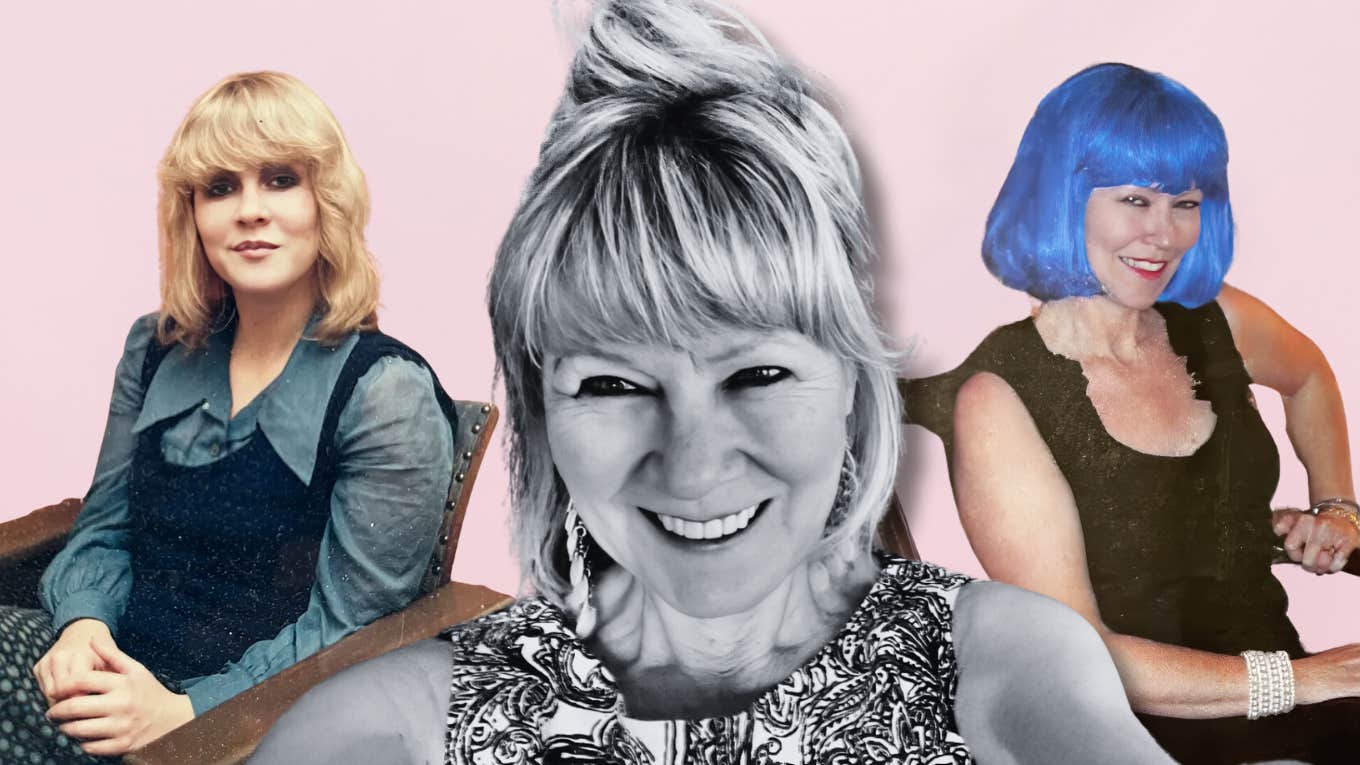 Courtesy Of Author
Courtesy Of Author As a teenager, I was obsessed with my hair. Neither its color (mousy), length (below shoulder), texture (fine and fly away), and style (wavy), were what I considered satisfactory.
The de rigueur standards of the day favored the very long, very blond, and very straight. All characteristics that eluded what was growing on top of my head. While time would take care of the length, I relied on Clairol’s Nice ‘n Easy Ash Blond to supply the desired degree of blondness. But despite numerous trial and error sessions, each attempt resulted in brassy orange rather than the lovely blond color shown on the box. (My pocket money didn’t run to an actual hairdresser.)
In no universe was brassy orange acceptable. Scouring the hair section on the chemist’s shelves I discovered a bottle of brush-on silver powder, which with a few strokes, transformed the odious orange into a more desirable ashy hue. As collateral damage, it also turned my scalp silver, which shone in the distance.
the
The straightness part of the equation was achieved by ironing my hair with my mum’s hot iron while I knelt alongside her ironing board. When a layered, feathered look came into vogue in my late teens and twenties, I jumped on the trend.
There followed years of variations on that style, along with the accompanying good and bad hair days. In time, I learned the wisdom of visiting the hairdresser for highlights, and slowly, my hair evolved into my best feature.
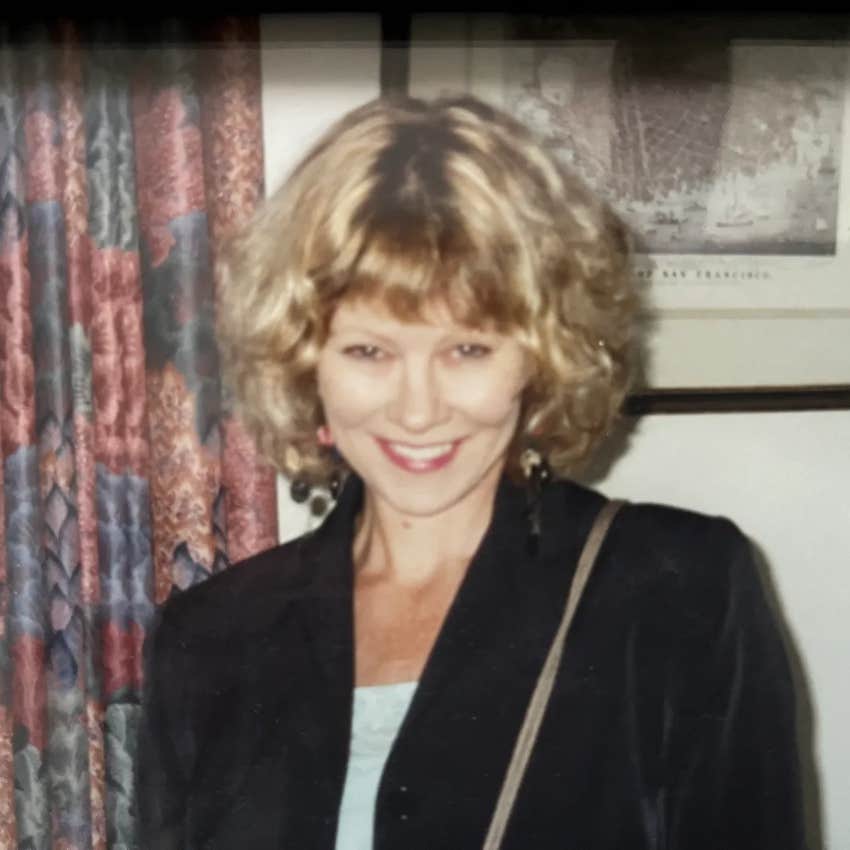
In my 40s, I was diagnosed with breast cancer, which involved infusions of chemotherapy.
Of all the ghastly side effects of chemo, including fatigue, nausea, weight loss/gain, cold sores, infertility, weakened immune system, anemia, and potential heart disease, hair loss was what I dreaded most.
As well as being emotionally depressing and distressing — as is common among those who experience hair loss, according to a 2021 study — it was the one characteristic that announced, nay yelled, to the outside world that I was a member of Susan Sontag’s kingdom of the sick. Plus, it could grow back grey, black, or, even worse, frizzy and wire-like.
I lacked the 'Hero Gene' displayed by some fellow cancer warriors who were empowered by their baldness and wore it proudly. I’d been dealt the Coward’s Gene that determined no one outside of my inner circle should know about my illness — lest what? Lest the sky fell in, of course.
For centuries, a woman’s hair has represented more than just strands of keratin.
It symbolized many things: financial/relationship status, individuality, sexuality, bravery, power, beauty, and confidence, all of which varied from culture to culture. Chemo was about to steal all of that from me. I never appreciated my hair so much as when chemo liberated it from my head, and everywhere else on my body.
My solution was to buy the best “cranial prosthesis” — cancer-speak for a wig — that I could afford.
As instructed, pre-molting, I visited a wig salon and dragged two pals along.
“Take friends! Make it a fun outing!” my chemo nurse advised as if it were a trip to the beach.
At New York’s Bitz-n-Pieces, “hair salon to the stars,” portraits of the aforementioned celestial bodies, including an extravagantly bewigged Cher and Kathi Lee, gazed across acres of wigs atop Styrofoam heads. Options ranged from Chinese synthetics to animal hair or custom-made human hair — if you wanted to break the bank.
Then I saw “Cheryl” and fell in love. Cheryl was shoulder-length with gleaming blond highlights. Peeking out from under its feathered fronds, I become a raffish, more glam version of me. I became the person I’d always wanted to be. My besties concurred. Cheryl was the one.
“You look like Meg Ryan,” said my doorman, the first time I wore Cheryl. This caused me to float through the lobby and out the door into the street. Hey, if you have to have breast cancer it helps to resemble a drop-dead gorgeous movie star. At least that’s how I framed it.
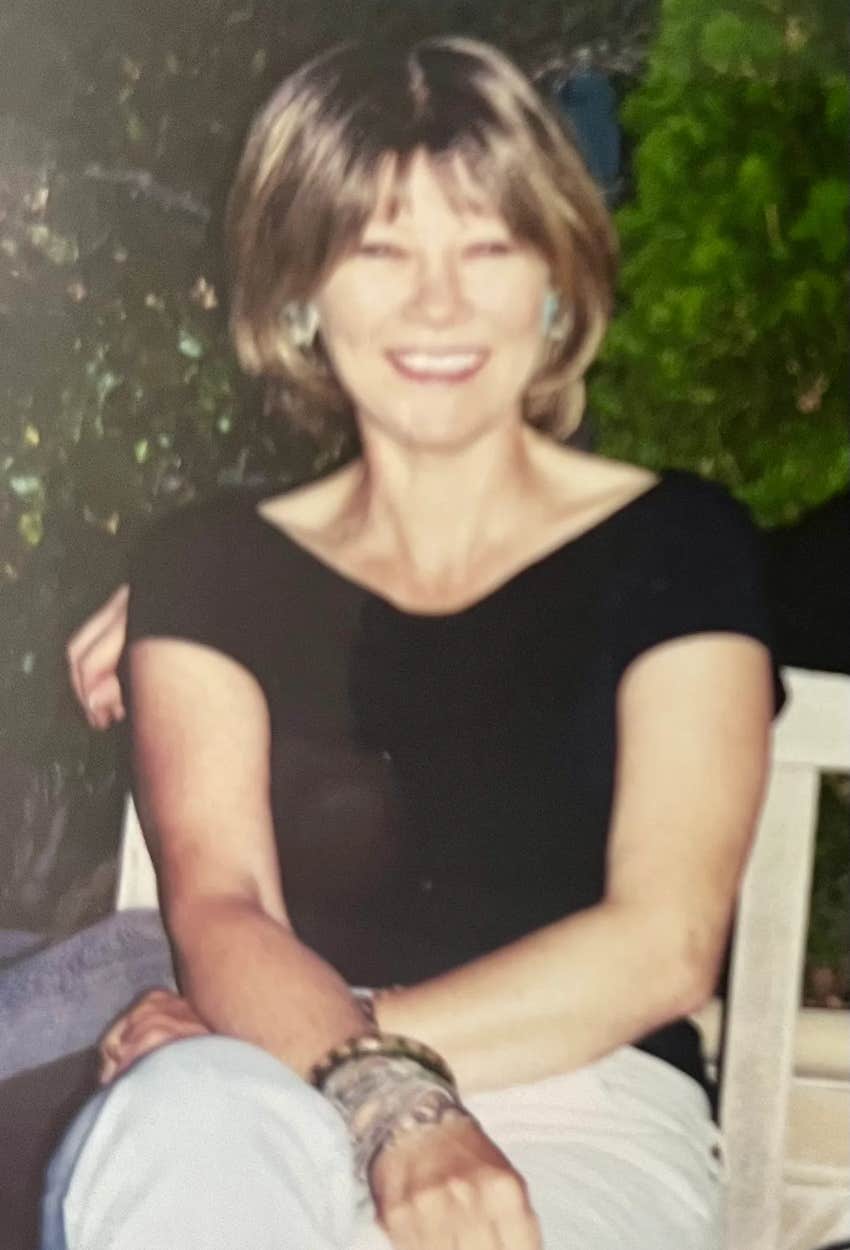
Having gained some of my confidence back, just for fun, I also purchased a bright blue wig to wear occasionally. I was no longer Cancer Victim. I was Cancer Chick, a new identity I readily adopted.
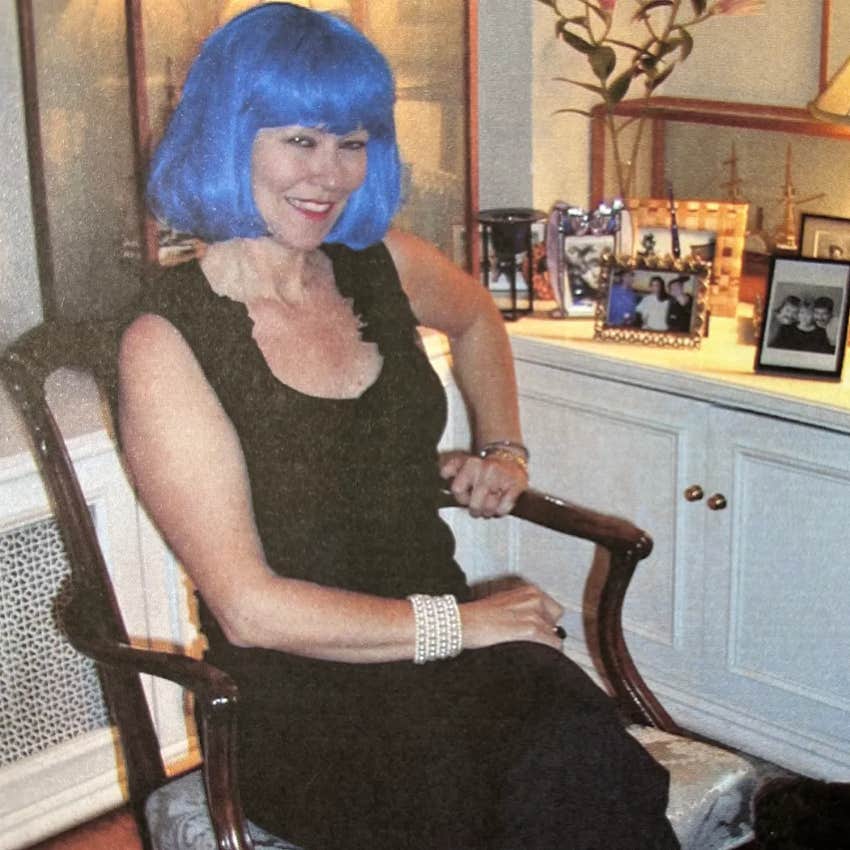
Post-chemo, during weeks of radiation, my hair gradually started growing back.
Soon, it came time to relinquish Cheryl, who was past her prime and looking decidedly ropey and dull. But to my horror, what was growing back, was indeed, wiry, dark, and curly. It looked like I had a Brillo pad on top of my head.
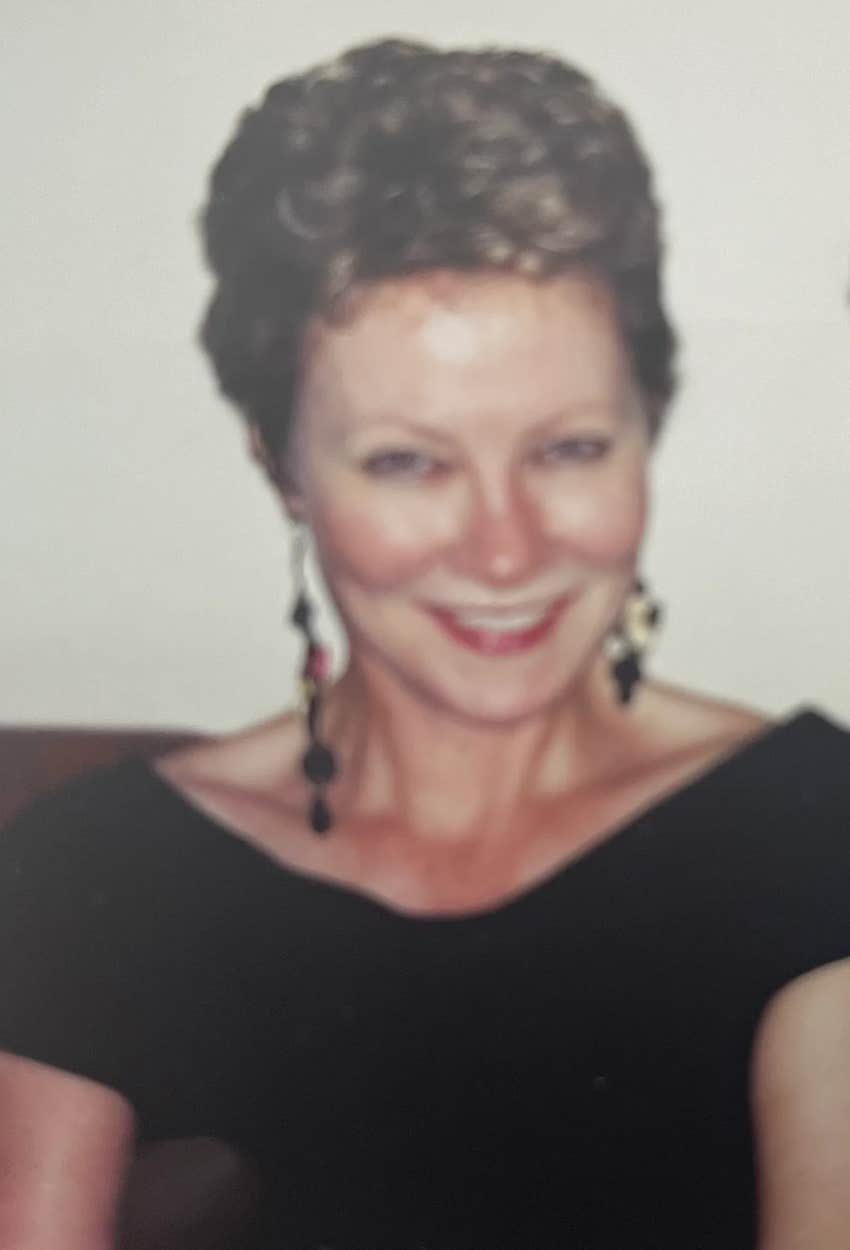
Apparently, I’d learned nothing from my earlier mistakes. And I resorted once more to Nice ‘n Easy. The same thing happened. Surprise! Only worse. My attempts at highlights resulted in a Brillo pad with orange stripes, which I decreed was worse than your common or garden Brillo pad.
I visited a local hairdresser for a “correction.” Many hours and umpteen processes later, the full horror of his ministrations was revealed to me in the mirror. While what was then atop my head was still Brillo pad-ish in texture, it was also garish yellow.
“AAAAAAAAAAAAAAAAAAArgh,” I managed.
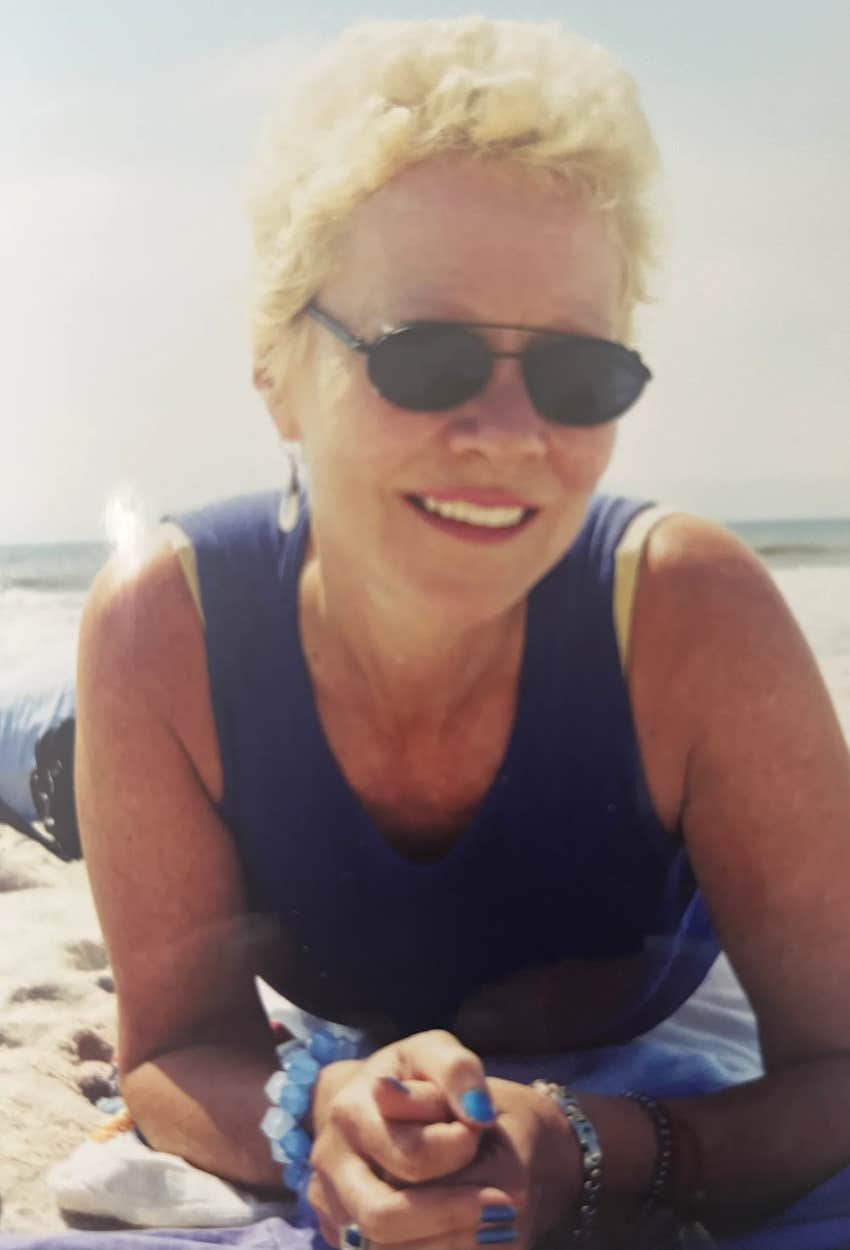
My friends were kind. Comments ranged from, “It’s quite flattering,” to “Very dramatic. I like it!” and “It’ll grow out.” None of which helped.
Having survived surgery, chemo, and radiation, followed by hormone treatment, now I had to endure weeks/months of really, really, really bad hair days? Vanity, vanity all is vanity. I’d just have to grin and wear it.
In time, the bright yellow/white hair grew out, and once more, dark, wiry roots grew in.
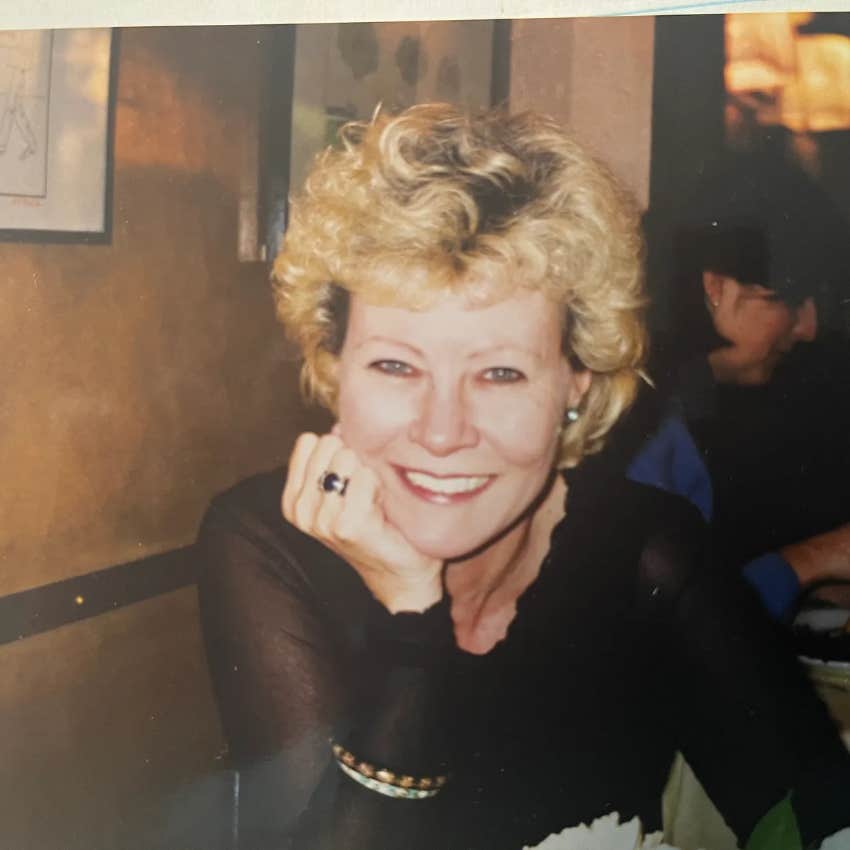
Eventually, it all grew out. Thankfully.
Over 20 years later, my hair has been restored to what it once was, with the help of blond highlights.
An unexpected bonus was that I had very few grey hairs. Along the way, I have learned to appreciate that whatever grew back — grey, blond, thick, thin, fine, or curly — I consider myself lucky to have any kind of hair at all.
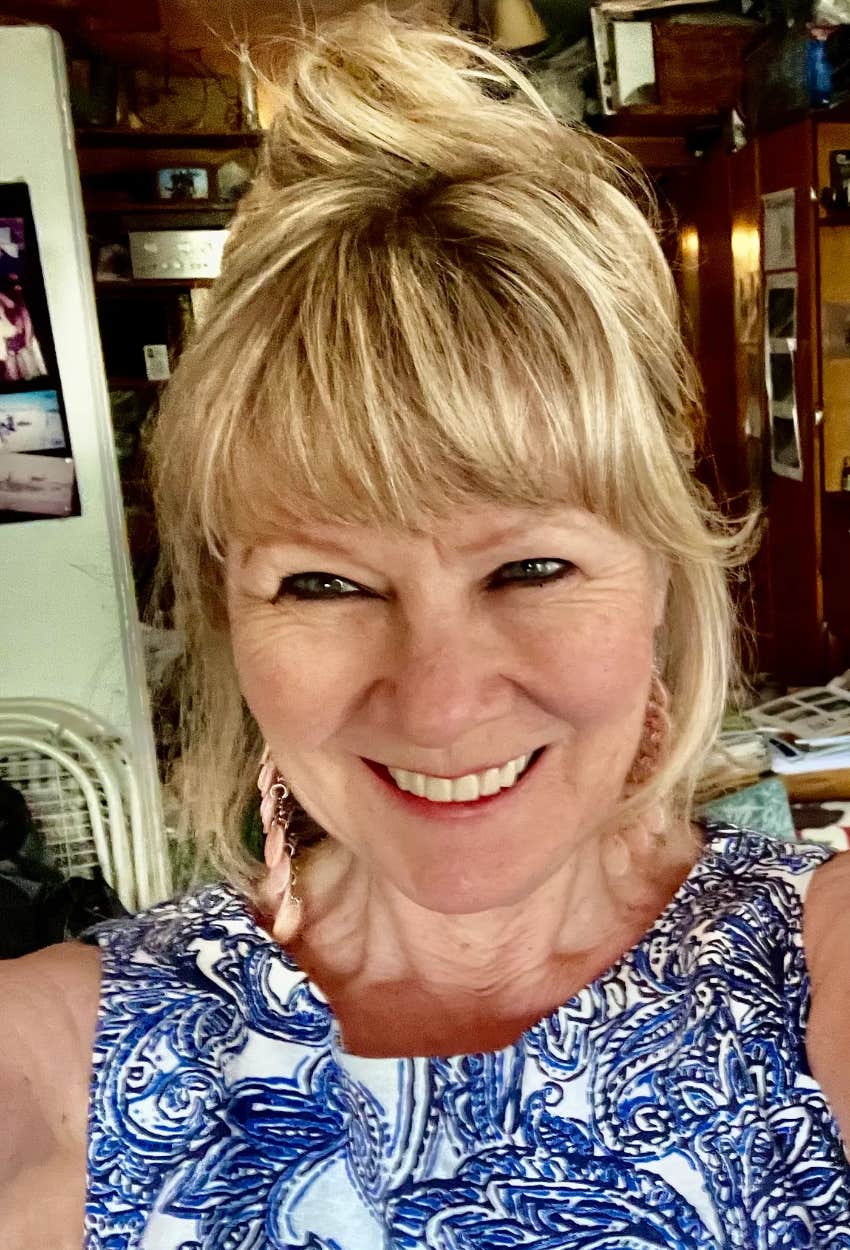
A beautiful and dear friend developed alopecia, an auto-immune disease that triggered hair loss, in her late 30s. Her hair has never grown back. Devastated, she chose to wear a wig. Decades later, she still wears them.
After being diagnosed, I posed a hypothetical question: Would I rather have a life-threatening illness requiring chemo and inevitable hair loss, knowing that my hair would return in some form? Or would I rather have non-life-threatening alopecia but permanent hair loss?
Of course, it was an impossible choice and an unanswerable question. Neither option was preferable or desirable. Those were the cards we’d been dealt, and it was up to us to play them as best we could.
Making the most of our lives, hair or no hair, life-threatening illness or no life-threatening illness, were no-brainer choices.
Empowerment came in similar ways for my friend and I. I joined a self-help group, manning the phones, and talking to those newly diagnosed. I trained with the National Breast Cancer Coalition, lobbying Congress and raising funds for breast cancer.
My friend cycled along the Great Wall of China to raise money for breast cancer, even though she didn’t have the disease, but because it was a challenge, and she thought it was a worthy cause.
Today, as a more-than 20-year survivor, I feel grateful to be alive. I feel thrilled to have hair, no matter what it looks like. Of all the indignities cancer inflicted upon me, losing my hair, in retrospect, seemed a small price to pay for health.
Annie Forbes Cooper is a memoirist, essayist, actor, playwright, and fiction writer. A former journalist, editor, radio host, and exhibitions curator, she has published her fiction and nonfiction in newspapers, print magazines, and websites on both sides of the Atlantic.

